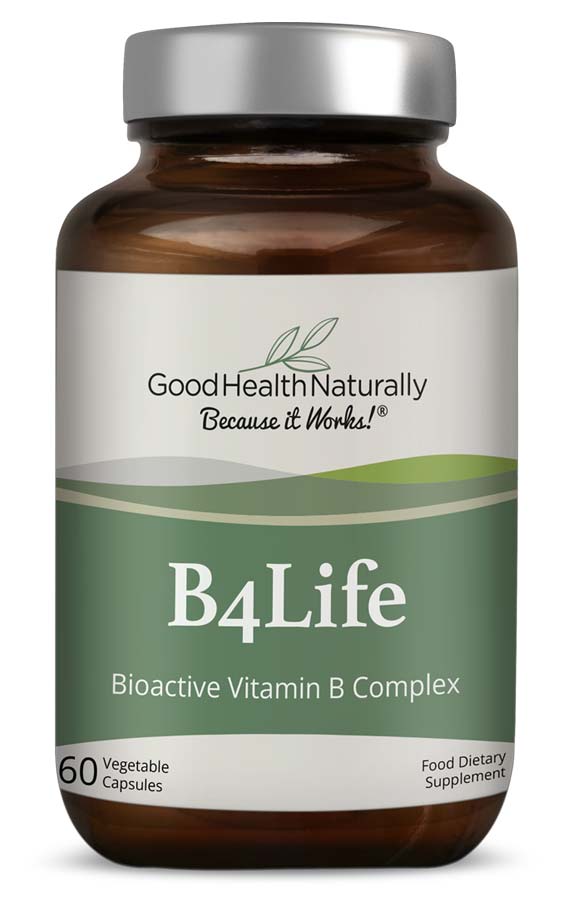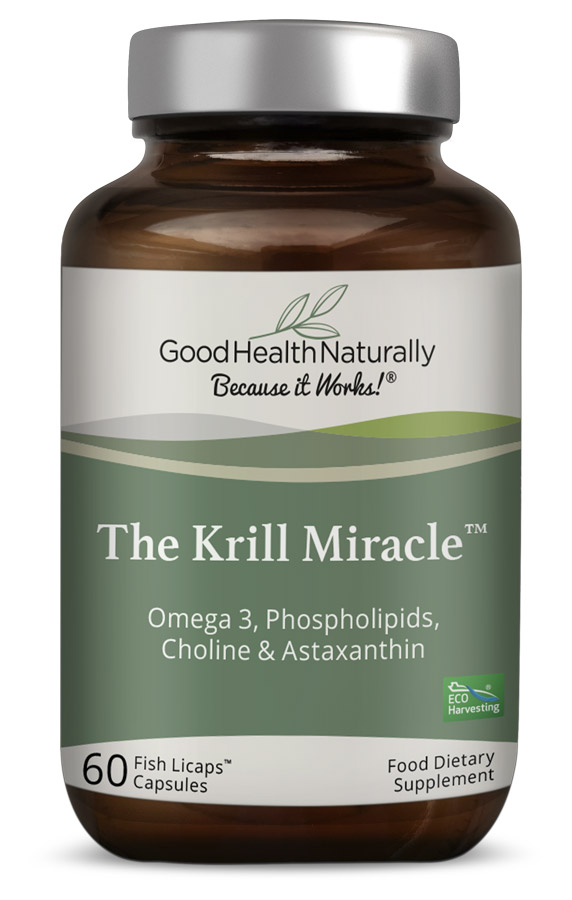Many people think burnout only arrives in a dramatic collapse, where they are unable to work, completely exhausted, and forced to stop. But often, burnout starts quietly. You keep going to work, caring for family, ticking off your to-do list. From the outside, you seem to be coping. Inside, though, your body and mind are waving warning flags. These are the hidden burnout symptoms that can easily be missed — until they grow into bigger health challenges.
This guide explores what hidden burnout looks like, how to recognise the early signs, and how to begin recovering naturally with small, sustainable steps.
What Is Hidden Burnout?
Burnout is a state of physical, emotional, and mental exhaustion caused by prolonged stress. Hidden burnout is more subtle. You’re still functioning, but only by running on fumes.
Maybe you tell yourself you’re “just tired” or “just busy.” Friends might even admire how organised you are. But deep down, you know you’re not thriving — you’re simply surviving.
Hidden burnout is dangerous precisely because it doesn’t look dramatic. You can carry on for months, sometimes years, at the expense of your long-term health and vitality.
Common Hidden Burnout Symptoms
Recognising early signs makes recovery far easier. Here are the most common patterns to watch for:
1. Constant Low-Level Fatigue
You wake up tired, push through the day, and lean on caffeine or sugar for energy. Even weekends or holidays don’t restore you.
2. Brain Fog and Poor Concentration
Simple tasks take twice the effort. You forget details, reread the same page, or struggle to follow conversations.
3. Irritability and Emotional Sensitivity
Small annoyances spark big reactions. You snap at loved ones or feel constantly on edge because your system is overstretched.
4. Physical Warning Signs
Stress doesn’t just live in the mind. Burnout often shows up through the body:
- Digestive upset, such as bloating or IBS.
- Hormonal imbalances or irregular cycles.
- Skin issues like acne, eczema, or unexplained flare-ups.
- Muscle tension, jaw clenching, or stress headaches.
5. Loss of Joy and Disconnection
Activities that once felt nourishing now feel like chores. Socialising drains you, and hobbies no longer bring pleasure.
6. Sleep Problems
You may lie awake with a racing mind, or sleep through the night but wake up unrefreshed. Both signal a dysregulated stress response.
Why Hidden Burnout Happens
Hidden burnout develops when chronic stress builds without proper recovery. Short bursts of stress are manageable — but when the nervous system stays in fight-or-flight for too long, the body begins to fray.
Common triggers include:
- Unrealistic demands: Heavy workloads or the pressure to be “always on.”
- Emotional labour: Carrying the mental load at home or work.
- Perfectionism: Setting standards so high they’re never achievable.
- Digital overload: A constant stream of emails, pings, and screens.
- Neglecting self-care: Sacrificing rest, movement, or nutrition to “push through.”
Over time, these stressors combine into the subtle but powerful symptoms of hidden burnout.
The Cost of Ignoring Burnout
Left unchecked, hidden burnout can evolve into more serious conditions:
- Hormonal imbalance: Cortisol disruption impacts thyroid and reproductive hormones.
- Weakened immunity: Frequent colds, flu, or recurring infections.
- Cardiovascular strain: Raised blood pressure and increased heart risk.
- Mental health decline: Anxiety, depression, or emotional numbness.
Catching symptoms early gives you the best chance to restore balance before a full collapse.
How to Recover From Hidden Burnout Naturally
The encouraging news is that burnout recovery is possible. With steady changes, you can restore your energy, resilience, and joy.
Daily Lifestyle Shifts
Prioritise Rest and Recovery
Rest is medicine, not laziness. Aim for 7–9 hours of quality sleep, short breaks in the day, and a simple wind-down routine — switch off screens, dim the lights, and stretch or breathe before bed.
Build Movement Into Your Day
Exercise doesn’t need to be punishing. Gentle yoga, walking in nature, dancing, or swimming can regulate stress hormones while lifting your mood.
Supportive Nutrition
Food fuels recovery. Emphasise whole foods, plenty of vegetables, nuts, seeds, and lean proteins. Include healthy fats like avocado, olive oil, and omega-3s. Stay hydrated and try to reduce caffeine, sugar, and alcohol, which can worsen fatigue and mood swings.
Stress Management Techniques
Breathwork and Meditation
Even five minutes of slow belly breathing can calm the nervous system. Guided meditations or apps can help if you’re new.
Journaling and Reflection
Writing helps process emotions and create perspective. A simple gratitude practice can shift focus away from stress.
Boundaries and Saying “No”
Overcommitment fuels burnout. Learn to protect your time and say no to tasks that drain you.
Natural Support for Burnout Recovery
Some natural remedies may support resilience during recovery:
- Adaptogens like Ashwagandha or Rhodiola to support stress balance.
- B vitamins for energy metabolism and nervous system health.
- Magnesium to calm the nervous system and aid sleep.
- Omega-3 fatty acids for inflammation and brain support.
(Always check with a healthcare professional before starting new supplements.)
When to Seek Professional Help
Sometimes, hidden burnout progresses to a level that needs professional support. Reach out if you:
- Struggle with daily functioning due to exhaustion.
- Experience persistent low mood, anxiety, or panic attacks.
- Notice frequent illness or unresolved physical symptoms.
- Feel detached from life or hopeless about the future.
Seeking support from a GP, therapist, or holistic practitioner is a positive step forward.
Preventing Burnout in the Future
Once you’ve begun to heal, the next step is prevention. Consider:
- Scheduling downtime as non-negotiable.
- Maintaining healthy routines for sleep, movement, and food.
- Checking in weekly with yourself on energy and mood.
- Nurturing supportive connections with friends and family.
- Keeping perspective: Remember, your worth isn’t defined by productivity.
Final Thoughts
Hidden burnout symptoms can be easy to dismiss when life is full of responsibilities. But ignoring them doesn’t make them disappear — it only risks pushing you closer to full burnout.
The earlier you spot the shifts, like fatigue, irritability, brain fog, or loss of joy, the easier it is to recover. By making small, steady changes in rest, nutrition, boundaries, and stress management, you can restore balance and protect your long-term health.
Your body and mind are always giving you signals. Listen to them, respond with care, and allow yourself the same compassion you so often extend to others.








